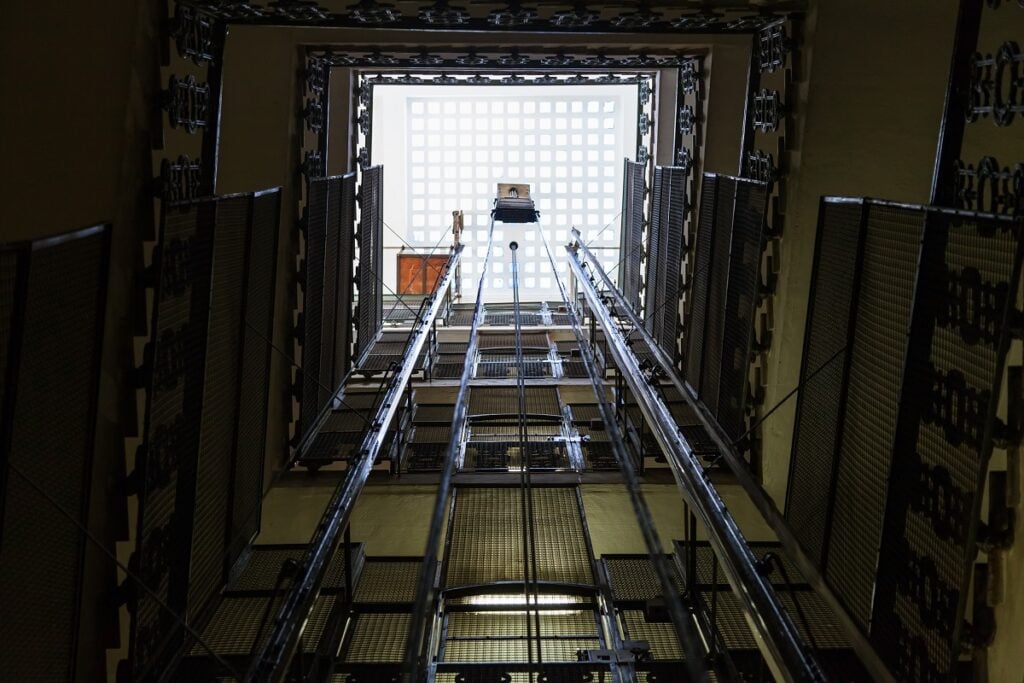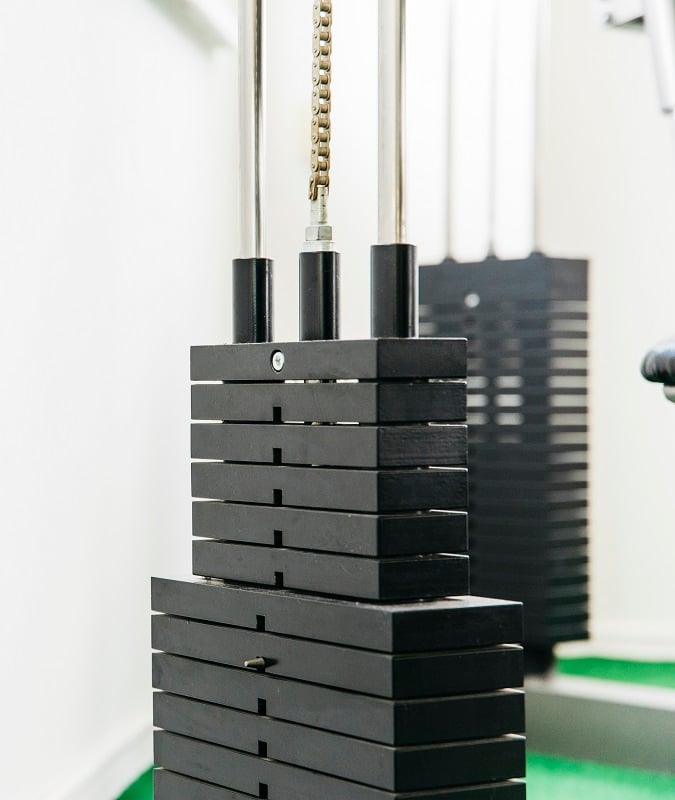Elevator Construction Mastery: Ascending to Perfection

Elevators have become an indispensable part of modern urban life, effortlessly transporting people to new heights. But have you ever wondered about the intricate process behind elevator construction? In this article, we’ll explore the ins and outs of this engineering marvel, providing a unique insight into the world of elevator construction.
Table of Contents
The Rise of Elevator Construction
A Brief History
Elevator construction has a storied past, dating back to ancient civilizations like Egypt and Rome. However, the modern elevator as we know it began to take shape in the mid-19th century, thanks to innovators like Elisha Otis.
Pioneering Innovations
Otis’ invention of the safety elevator in 1852 marked a significant milestone in elevator construction, as it introduced a fail-safe mechanism that made elevators much safer for passengers. This innovation laid the groundwork for the elevator boom in the coming decades.
Elevator Construction: A Step-by-Step Guide
It’s important to note that elevator construction depends on the type of elevator being installed. In the article above, we mainly focused on traction elevators, which use cables and counterweights for vertical movement.

Planning and Design
The elevator construction process begins with meticulous planning and design, which includes determining the number of elevators needed, their capacity, speed, and location within a building. This step also involves collaborating with architects and structural engineers.
Shaft Construction
The shaft is the backbone of any elevator system, providing a vertical passageway for the elevator car. During this phase, the shaft is either constructed from scratch or adapted from an existing structure.
Elevator Installation
The installation phase involves assembling and installing the various components that make up an elevator system, such as the car, counterweights, cables, and control system. This step requires skilled technicians to ensure the safe and efficient operation of the elevator.
Inspection and Testing
Once the elevator is installed, it undergoes rigorous inspection and testing to ensure compliance with safety regulations and performance standards. This step is crucial to guaranteeing the safety of passengers and the long-term reliability of the elevator.
Components of Elevator Construction
The Elevator Car
The car, or cabin, is the enclosed space where passengers ride in an elevator. Modern elevator cars come in various designs and materials, with some featuring glass walls for a panoramic view or luxurious finishes for a touch of elegance.

Counterweights
Counterweights are essential to balancing the weight of the elevator car and its passengers. By ensuring a near-equal distribution of weight, counterweights help reduce the amount of energy needed to move the elevator, making it more energy-efficient.


Cables and Pulleys
Elevator cables are made of high-strength steel and are responsible for supporting the weight of the elevator car and counterweights. Pulleys are used to guide the cables and ensure smooth, controlled movement.
Control System
The control system is the brain of the elevator, responsible for monitoring its position, speed, and overall operation. Modern control systems employ advanced technology, such as microprocessors and smart sensors, to optimize performance and enhance safety.
Innovations in Elevator Construction
Energy-Efficient Elevators
As concerns about energy consumption and sustainability grow, elevator construction has evolved to incorporate energy-efficient technologies, such as regenerative drives and LED lighting, to reduce overall energy consumption.
Destination Dispatch Systems
These systems improve efficiency by grouping passengers traveling to the same floors together, thereby reducing the number of stops and waiting times.
Ropeless Elevators
An exciting development in elevator construction is the advent of ropeless elevators, which can move both vertically and horizontally, opening up new possibilities in building design and urban planning.
Elevator Construction: Safety Measures
Fire and Smoke Protection
Elevator construction takes fire and smoke protection seriously, incorporating features like fire-resistant materials and smoke detectors. In addition, elevators are designed to automatically return to a designated floor during a fire alarm, preventing passengers from becoming trapped.
Earthquake Resistant Design
In earthquake-prone regions, elevator construction includes features to help withstand seismic activity, such as reinforced shafts and seismic sensors that halt elevator movement when an earthquake is detected.
Intercom Systems
The Importance of Intercoms in Elevator Construction
Elevator intercoms are a crucial component in elevator construction, as they play a vital role in ensuring passenger safety and effective communication. In the event of an emergency, malfunction, or simply when passengers need assistance, the intercom provides a reliable means of communication between the elevator car and building personnel or emergency responders.
Where Does the Communication Go?
Typically, elevator intercom systems are connected to a centralized control room, security office, or front desk within the building. This allows building personnel to monitor any calls made from the elevator and respond quickly to any issues. In some cases, the intercom system may also be connected directly to an external emergency response center, which can provide immediate assistance in case of an emergency.
Incorporating intercom systems into elevator construction not only enhances safety but also provides peace of mind for passengers, knowing that help is just a button press away.
Elevator Construction: Regulations and Standards
Building Codes
Elevator construction is subject to strict building codes and regulations that vary depending on the region. These codes ensure that elevators meet safety, accessibility, and performance requirements.
| Country/Region | Building Code | Key Elevator Requirements |
|---|---|---|
| United States | International Building Code (IBC) | – Minimum dimensions for accessibility – Fire protection – Emergency operation and signaling devices |
| European Union | EN 81 Elevator Standards | – Safety requirements for design and construction – Energy efficiency – Accessibility guidelines |
| Canada | National Building Code of Canada | – Safety and accessibility standards – Fire protection – Elevator speed and capacity requirements |
| United Kingdom | British Standards Institution (BS) | – Safety and design requirements – Accessibility – Energy efficiency – Fire protection |
| Australia | National Construction Code (NCC) | – Elevator performance and design – Accessibility – Fire and smoke protection – Safety features |
Certification and Inspection
Elevators must undergo regular inspection and maintenance to ensure their continued safe operation. Certification from authorized organizations is required to confirm that elevators meet the necessary standards.
Elevator Construction: Maintenance and Modernization
Preventive Maintenance
Regular preventive maintenance is crucial to ensure the longevity and reliability of elevators. This includes routine tasks like lubricating moving parts, adjusting and aligning components, and testing safety systems.
Modernization
Elevator modernization involves upgrading older elevators with newer technology, such as energy-efficient drives, advanced control systems, or improved safety features. This process can significantly enhance the performance and lifespan of an elevator.
FAQs
Conclusion
Elevator construction is a fascinating blend of engineering, design, and technology that has revolutionized urban life. With ongoing innovations and a continued focus on safety and sustainability, the future of elevator construction promises to be just as exciting and groundbreaking as its past.